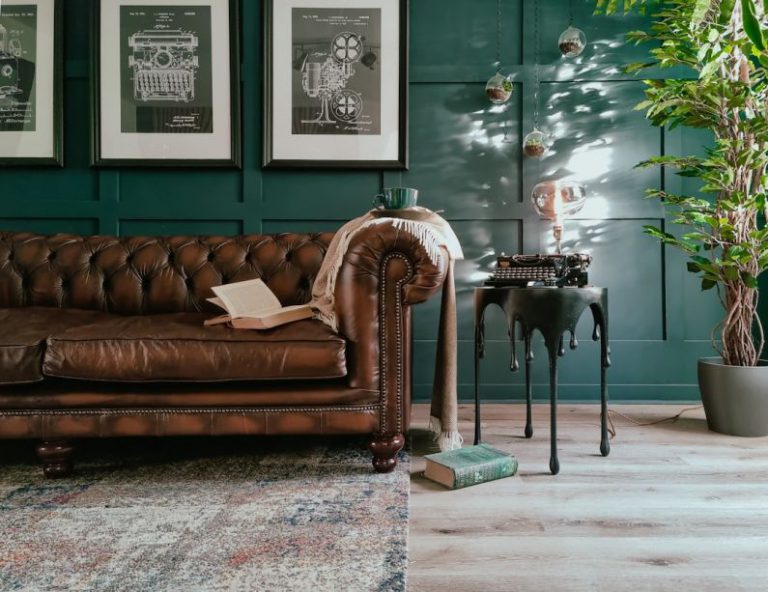How to Shop for Eco-friendly and Sustainable Fashion?
In recent years, the fashion industry has faced increasing scrutiny for its negative impact on the environment. From water pollution to excessive waste, the industry’s practices have raised concerns among consumers who are looking for more sustainable alternatives. Thankfully, there is a growing movement towards eco-friendly and sustainable fashion. By making conscious choices when shopping, you can contribute to a greener and more ethical fashion industry. Here are some tips on how to shop for eco-friendly and sustainable fashion.
Research Sustainable Brands
The first step in shopping for eco-friendly fashion is to do your research. Look for brands that prioritize sustainability and ethical practices. Many fashion brands are now transparent about their environmental and social responsibility efforts. Take the time to read about a brand’s mission, values, and production processes. Look out for certifications such as Fair Trade or GOTS (Global Organic Textile Standard), which ensure that the products meet certain ethical and environmental standards.
Choose Quality Over Quantity
One of the most important aspects of sustainable fashion is choosing quality over quantity. Fast fashion has created a culture of disposable clothing, where items are cheaply made and quickly discarded. By investing in high-quality pieces that are built to last, you can reduce your overall consumption and minimize waste. Look for well-made garments with durable materials and timeless designs that will withstand the test of time.
Opt for Natural and Organic Materials
When shopping for eco-friendly fashion, prioritize garments made from natural and organic materials. Synthetic fibers like polyester and nylon are derived from petroleum and are not biodegradable. On the other hand, natural fibers like organic cotton, linen, hemp, and bamboo are more sustainable options. These materials are biodegradable and require fewer resources to produce. Additionally, organic materials are grown without the use of harmful pesticides and chemicals, making them better for both the environment and your health.
Consider Second-Hand and Thrift Shopping
Another great way to shop sustainably is by considering second-hand and thrift shopping. Buying pre-loved clothing not only reduces waste but also gives a new lease of life to garments that would otherwise end up in landfills. Thrift stores, consignment shops, and online platforms like Depop and Poshmark offer a wide range of gently used clothing at affordable prices. You can find unique pieces and even designer items while minimizing the impact on the environment.
Support Local and Independent Designers
Supporting local and independent designers is another way to shop for eco-friendly fashion. These designers often have smaller-scale production processes and prioritize sustainability in their practices. By purchasing from local brands, you are reducing the carbon footprint associated with long supply chains and supporting your local economy. Look for designers in your area who use sustainable materials, ethical production methods, and fair labor practices.
Care for Your Clothing
Lastly, caring for your clothing is essential for prolonging its lifespan and reducing waste. Follow the care instructions on garment labels to ensure proper washing and maintenance. Avoid over-washing and tumble drying, as these can cause garments to wear out faster. Mend and repair clothes when needed instead of discarding them. By taking care of your clothing, you can extend its life and reduce the need for constant replacements.
In conclusion, shopping for eco-friendly and sustainable fashion is not as challenging as it may seem. By researching sustainable brands, choosing quality over quantity, opting for natural and organic materials, considering second-hand shopping, supporting local designers, and caring for your clothing, you can make a positive impact on the fashion industry and the environment. Every small step towards sustainability counts, and by making conscious choices, we can contribute to a greener and more ethical future for fashion.






